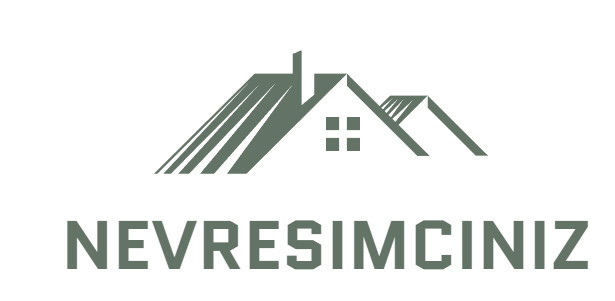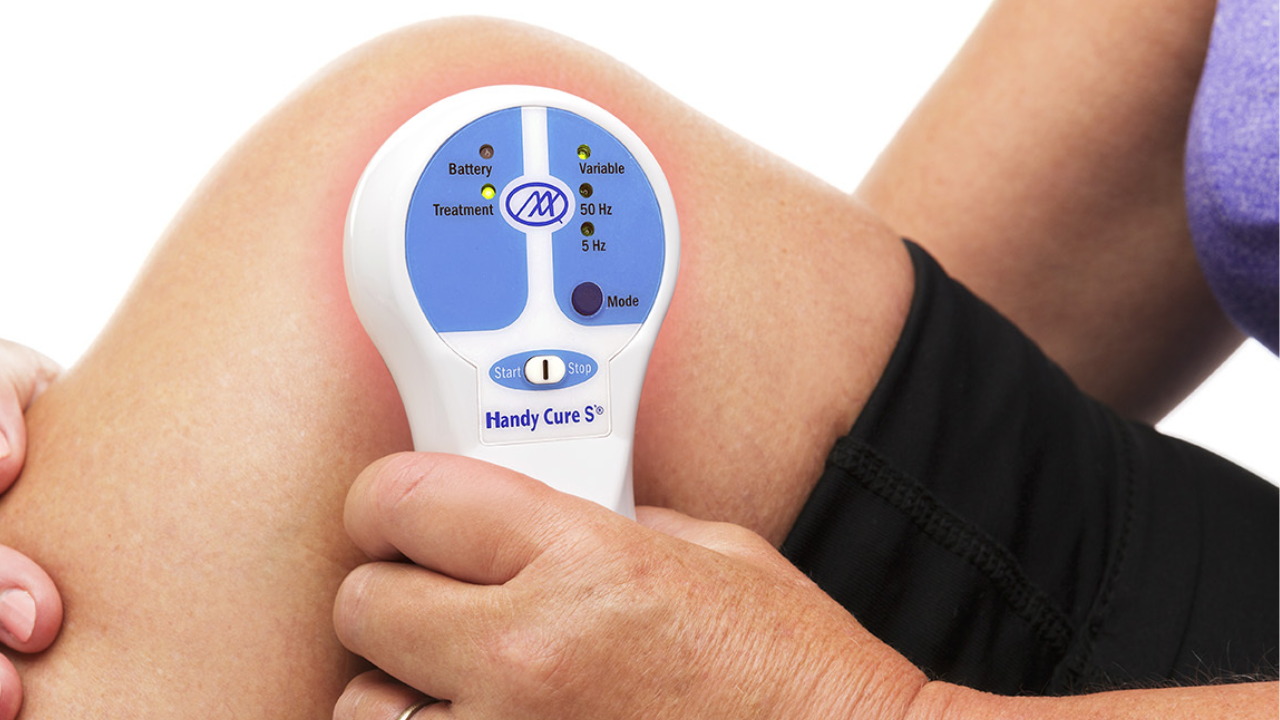This therapeutic technique has attracted attention due to its potential uses in a variety of medical sectors, including pain treatment, wound healing, and rehab. Cold laser therapy works by interacting low-intensity light with cellular components, which triggers a cascade of biological responses. One important factor is the activation of cytochrome c oxidase, a mitochondrial enzyme that increases cellular respiration and adenosine triphosphate (ATP) generation.
Increased ATP levels help to boost cellular metabolism and support tissue repair and regeneration. Overall, the cold laser machine is a promising method with numerous applications, but further study is required to completely understand its principles and optimize therapeutic protocols. Further information on the mechanism of action of cold laser therapy is provided below.
What Is The Purpose Of Cold Laser Therapy?
Cold laser therapy is used to treat a variety of medical conditions, including pain management, tissue restoration, and inflammation reduction. Musculoskeletal diseases like arthritis, joint abnormalities, and sports injuries are among the most common applications. It is also used in wound healing to promote cell regeneration. Furthermore, cold laser therapy has been investigated for neurological and dermatological diseases.
Mechanism Of Action Of ColdLaser Machine
Cold laser treatment, also known as low-level laser therapy (LLLT) or photobiomodulation (PBM), is the use of low-intensity lasers or light-emitting diodes (LEDs) to stimulate cellular function and facilitate healing. While the specific mechanics are unknown, various possibilities propose how cold laser therapy might work. It's worth noting that study in this area is continuous, and the field is constantly evolving.
Cytochrome c Oxidase Activation
Cold laser therapy stimulates the mitochondrial enzyme cytochrome c oxidase by exposing it to low-level light. Cytochrome C oxidase's photon absorption may boost cellular respiration and adenosine triphosphate generation. This activation is hypothesized to boost cellular metabolism, thereby facilitating tissue repair and regeneration. The molecular aspects of this mechanism are now being studied.
Increased ATP Production
Cold laser therapy stimulates cellular ATP synthesis by exposing tissues to low-intensity light. This light absorption, especially at certain wavelengths, drives adenosine triphosphate (ATP) synthesis within mitochondria. Elevated ATP levels improve biological functioning, including protein synthesis, proliferation, and tissue repair. Low-level laser treatment researchers are currently investigating the precise molecular pathways underlying this response.
Anti-Inflammatory Effects
Cold laser therapy has anti-inflammatory properties by regulating cytokines and lowering prostaglandin synthesis. When tissues are exposed to low-intensity light, inflammatory mediators are altered, which reduces the inflammatory response. This anti-inflammatory activity helps to relieve pain and resolve inflammatory diseases.
Enhanced Blood Flow
Cold laser therapy enhances blood flow by increasing angiogenesis and circulation. When cells are exposed to low-intensity light, new blood vessels form. This increased blood flow aids in the provision of oxygen and nutrients to the treated area, facilitating tissue repair and regeneration. The exact molecular mechanisms causing these vascular alterations are being explored in the field of low-level laser treatment.
Stimulation Of Cellular Signaling Pathways
Cold laser therapy activates cellular signaling pathways by exposing tissues to low-intensity light. This light exposure stimulates a variety of intracellular signaling pathways involved in cell survival, proliferation, and differentiation. The regulation of these pathways aids in tissue regeneration and repair. The individual molecular events within these signaling networks are still being investigated, and continuing research attempts to unravel the precise mechanisms of action in cold laser therapy.
Modulation Of Oxidative Stress
Cold laser therapy may reduce oxidative stress by altering antioxidant activity in cells. Low-intensity light is known to boost antioxidant enzyme activity, which helps offset the damaging effects of reactive oxygen species (ROS). This control of oxidative stress benefits cellular health and may play a role in the therapeutic effects of cold laser therapy, while detailed molecular pathways are still being investigated.
Neurological Effects
Cold laser therapy may have a neurological impact by affecting neuron function and neurotransmitter release. Low-intensity light is hypothesized to alter neuronal activity, potentially providing benefits in disorders involving nerve injury or malfunction. The particular molecular events behind these neurological effects are now being studied, and more research is needed to completely understand the mechanisms of action in cold laser therapy.
Conclusion
It is important to note that the efficacy of cold laser therapy varies depending on the specific condition being treated, the characteristics of the laser equipment employed, and individual patient considerations. While numerous studies have found beneficial results, like with any medical treatment, it is critical to seek assistance from healthcare specialists on the appropriate use of cold laser therapy in specific clinical circumstances.


